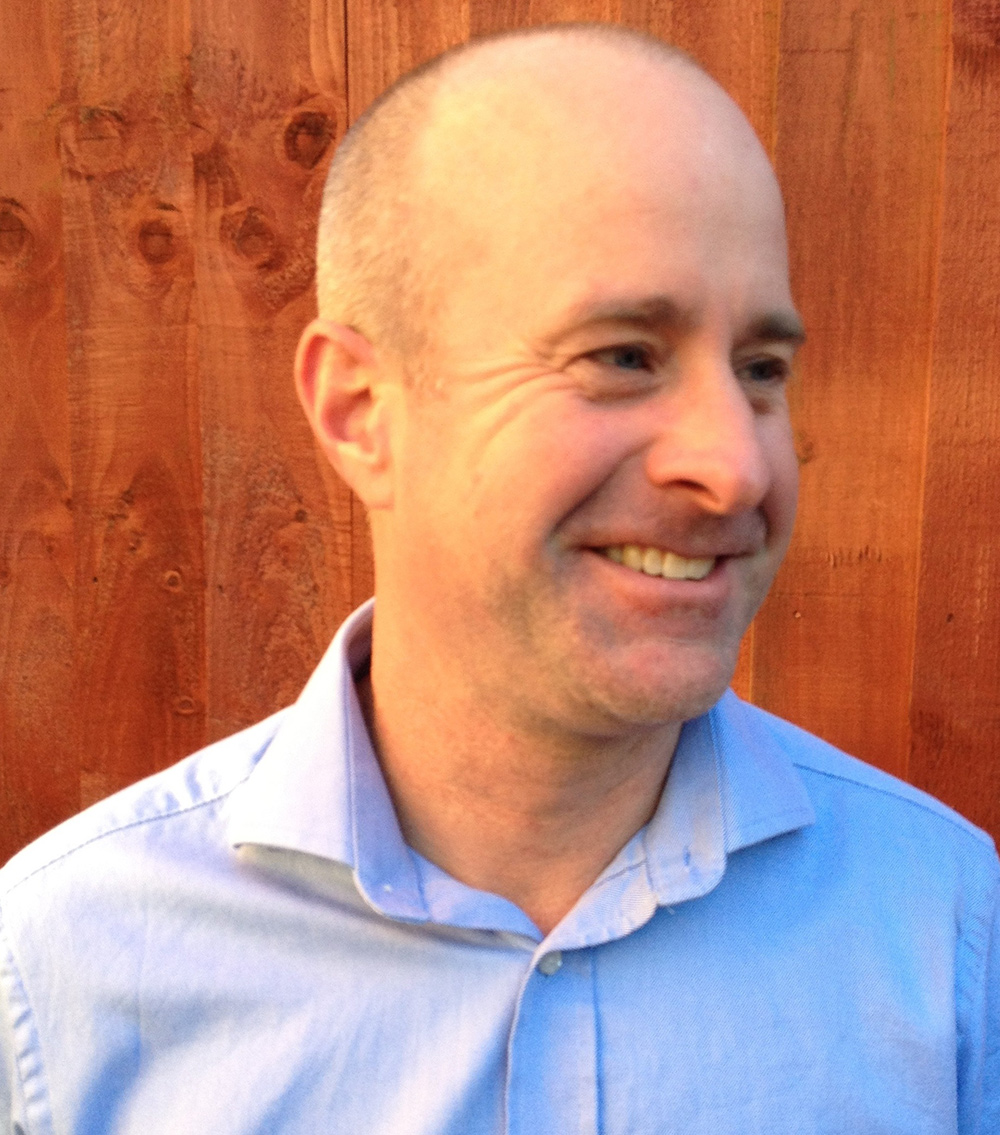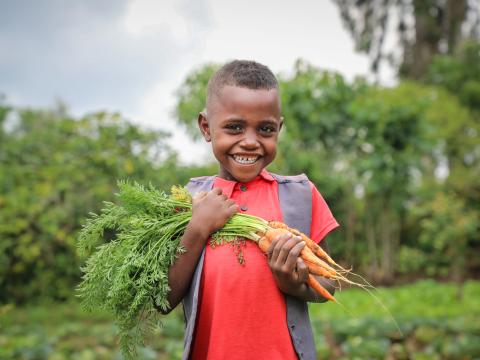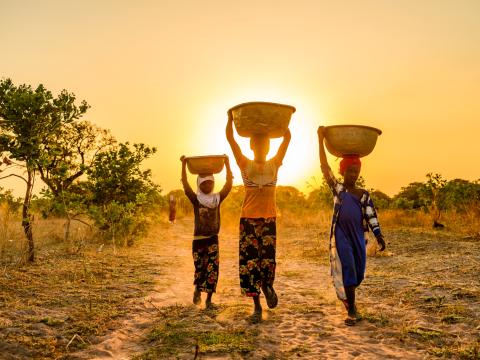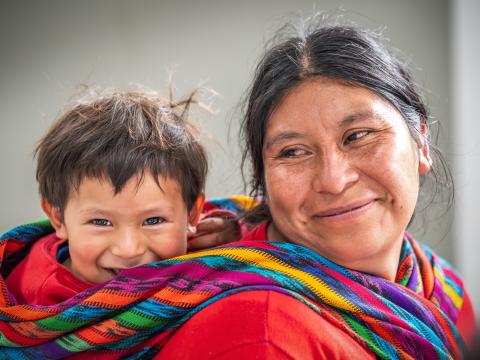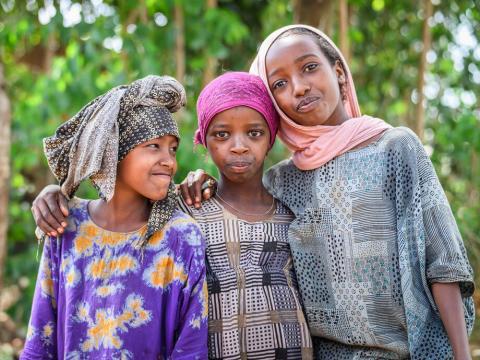
Investing in children is not charity — it’s smart, sustainable finance
Mike Wisheart, Director of Global Partnerships, Advocacy & External Engagement, says if finance is to be a true driver of sustainable development, it must be accountable for its human impact, and that begins with children.
22 October 2025
At this year’s Building Bridges conference in Geneva — a global gathering exploring how finance can accelerate the transition to a more sustainable economy — one theme dominated: the environment. The urgency of the green transition was everywhere. Yet, amid the discussions of carbon markets and biodiversity credits, a quieter truth needed amplifying: we cannot secure environmental sustainability without investing in human sustainability — in people. And that begins with children.
The transitions our societies must make are both urgent and generational. They require a foundation of healthy, educated, capable young people who can sustain progress over time. But children are not just beneficiaries of development; they are much more than that: every child created in the image of God. Unimaginably precious. Every child a beacon of hope for a better today and tomorrow.
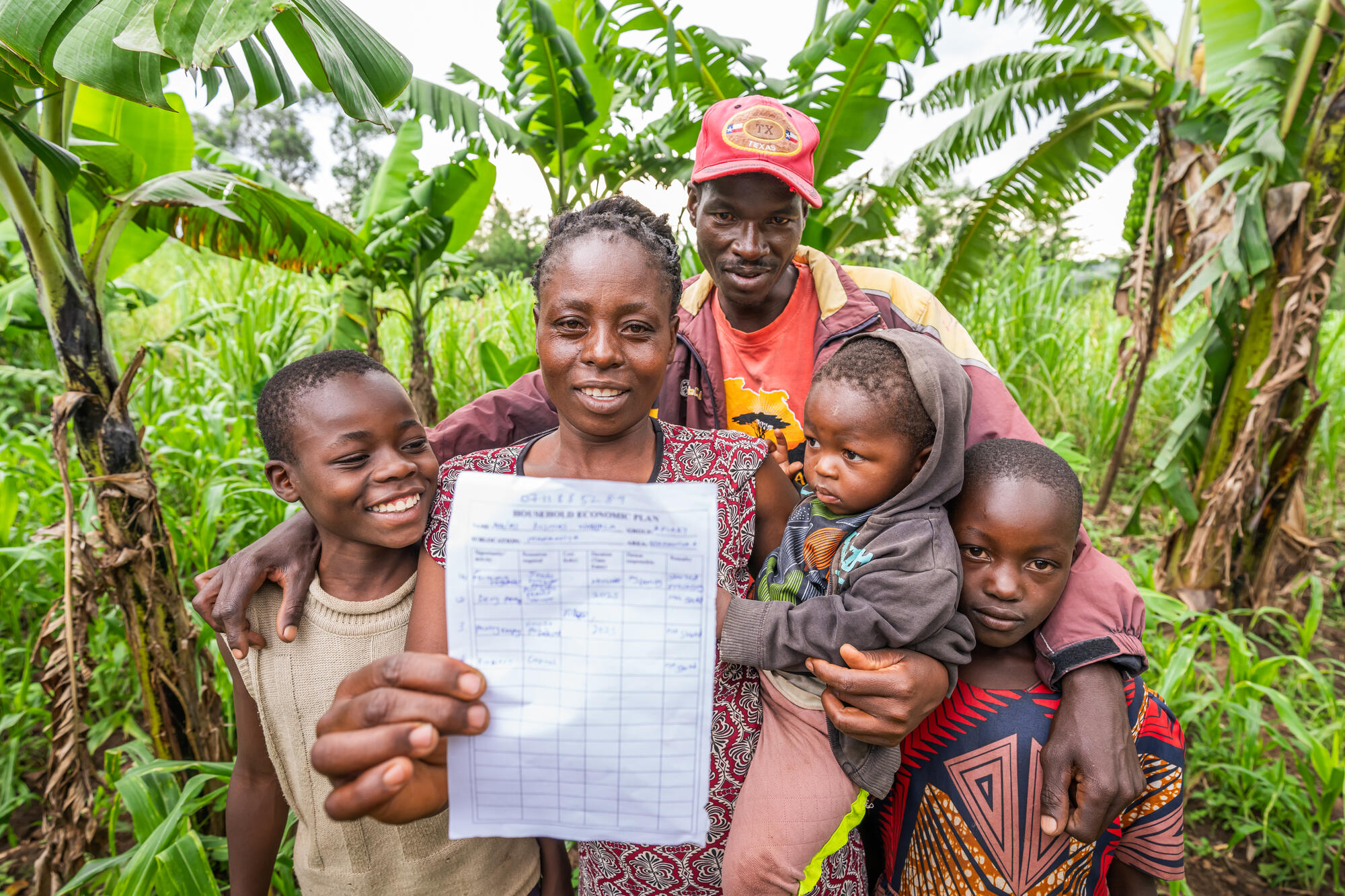
Finance, our Mission, and the Challenge
Our mission — to ensure every child experiences life in all its fullness — cannot be achieved without transforming the private sector and how finance is channelled. The financial sector, in all its complexity, has a critical role to play in delivering the rights and well-being outcomes that children deserve.
However, despite growing innovation in sustainable finance, the world is still failing its children who make up one third of the global population. The scale of unmet need is staggering. One in six children still lives in extreme poverty (World Bank 2023). More than 880 million experience multi-dimensional deprivation across nutrition, education, and healthcare (Child Poverty Coalition, 2025). If current trends continue, by 2030 only one in four children will grow up in a country meeting even basic Sustainable Development Goal targets (UNICEF, 2023).
This crisis is not only moral; it is profoundly economic. The cost of inaction is measured in lost potential, weakened workforces, and destabilised societies. Yet, even as the evidence mounts, official development assistance is contracting, and less than five percent of all aid funding directly targets children’s needs.
Meanwhile, private finance is surging into green portfolios, carbon markets, and renewable infrastructure — all essential efforts — whilst the human foundation of sustainability is being under-funded.
Applying a Child Lens to Finance
Across the financial ecosystem, momentum is building around what UNICEF has called the Child Lens Investing Framework — a practical guide to mobilising businesses and capital that delivers both financial returns and measurable outcomes for children. The framework encourages investors, philanthropies, and enterprises to integrate children’s rights and well-being into their decision-making, just as the climate community has integrated environmental metrics into investment standards.
This is not about replacing existing corporate Environmental, Social, and Governance (ESG) frameworks; it’s about strengthening them. By asking a simple but profound question — “How does this investment affect children’s lives, directly or indirectly?” — investors can meet their child rights obligations, reduce long-term risk, and contribute to sustainable growth.
Applying such a lens could transform how the world allocates resources across education, health, protection, and livelihoods — unlocking the human capital essential for achieving the SDGs.
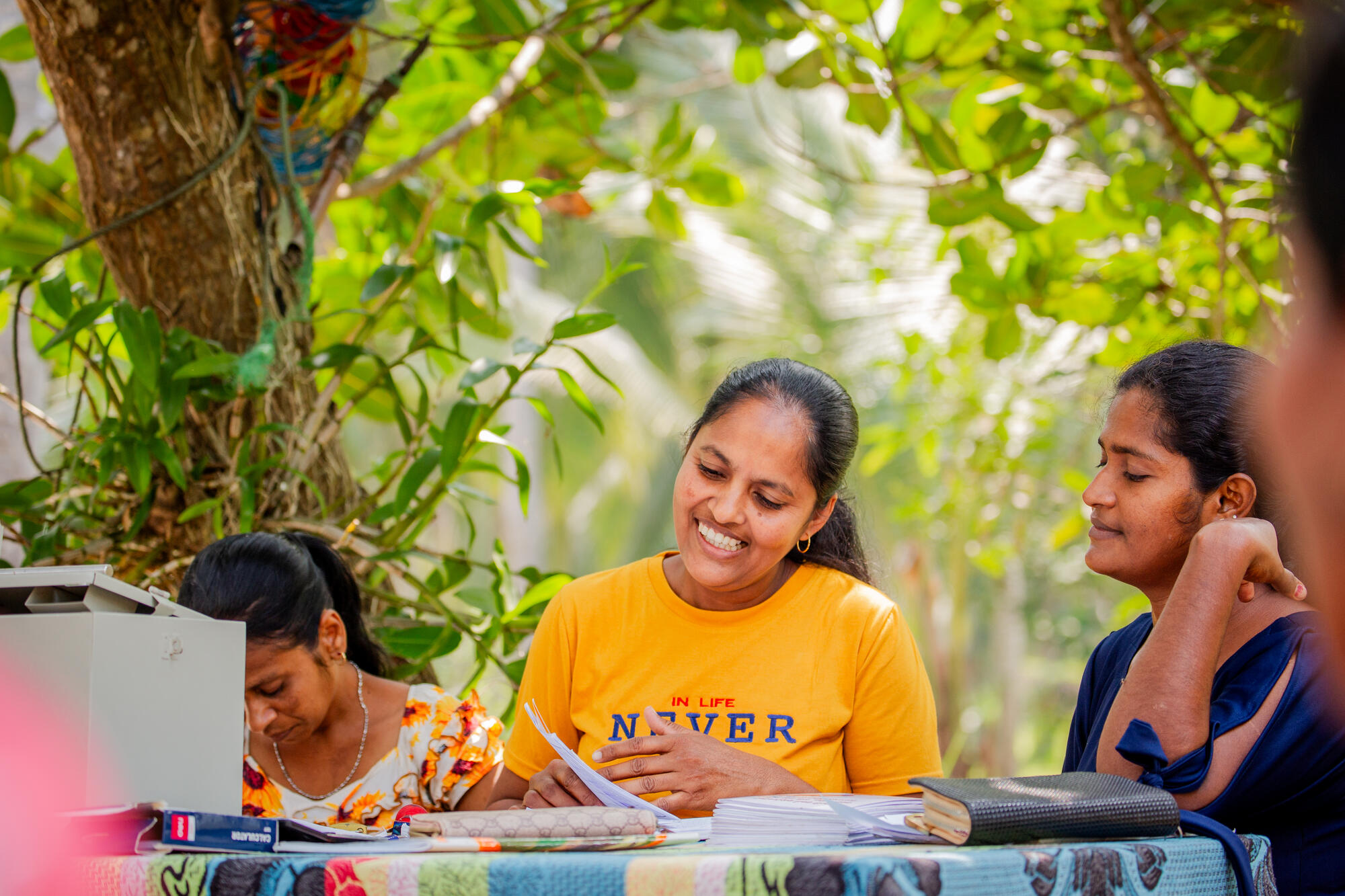
A Bold Example: Micro-Insurance for Human Sustainability
At Building Bridges, this vision came to life in the session Unlocking Bright Futures: Inclusive Insurance as a Tool for Child Poverty Reduction and Sustainable Development. Led by World Vision and VisionFund International, together with Turaco (a leading African microinsurance and technology company), UNICEF, Grameen Credit Agricole, and room full of engaged participants, we explored how insurance and financial products designed with a child lens can de-risk families’ futures and create intergenerational impact.
The message was clear: investing in children is not charity — it’s smart, sustainable finance.
We discussed one such tangible example of what this looks like in practice: World Vision Australia and VisionFund International are embarking on a bold journey to make affordable health insurance accessible to vulnerable families. The ambition is to reach 12.5 million people across 55 countries with health insurance costing as little as USD 2 per month.
This initiative sits squarely within the child lens approach. By helping families manage financial shocks — from illness, crop failure, or disasters — micro-insurance protects children’s access to education, nutrition, and healthcare. It prevents short-term crises from becoming long-term poverty traps. It also demonstrates that financial products designed with social outcomes in mind can be viable, scalable, and investable. VisionFund are blazing a trail in micro-insurance in partnerships at scale with companies like Turaco.
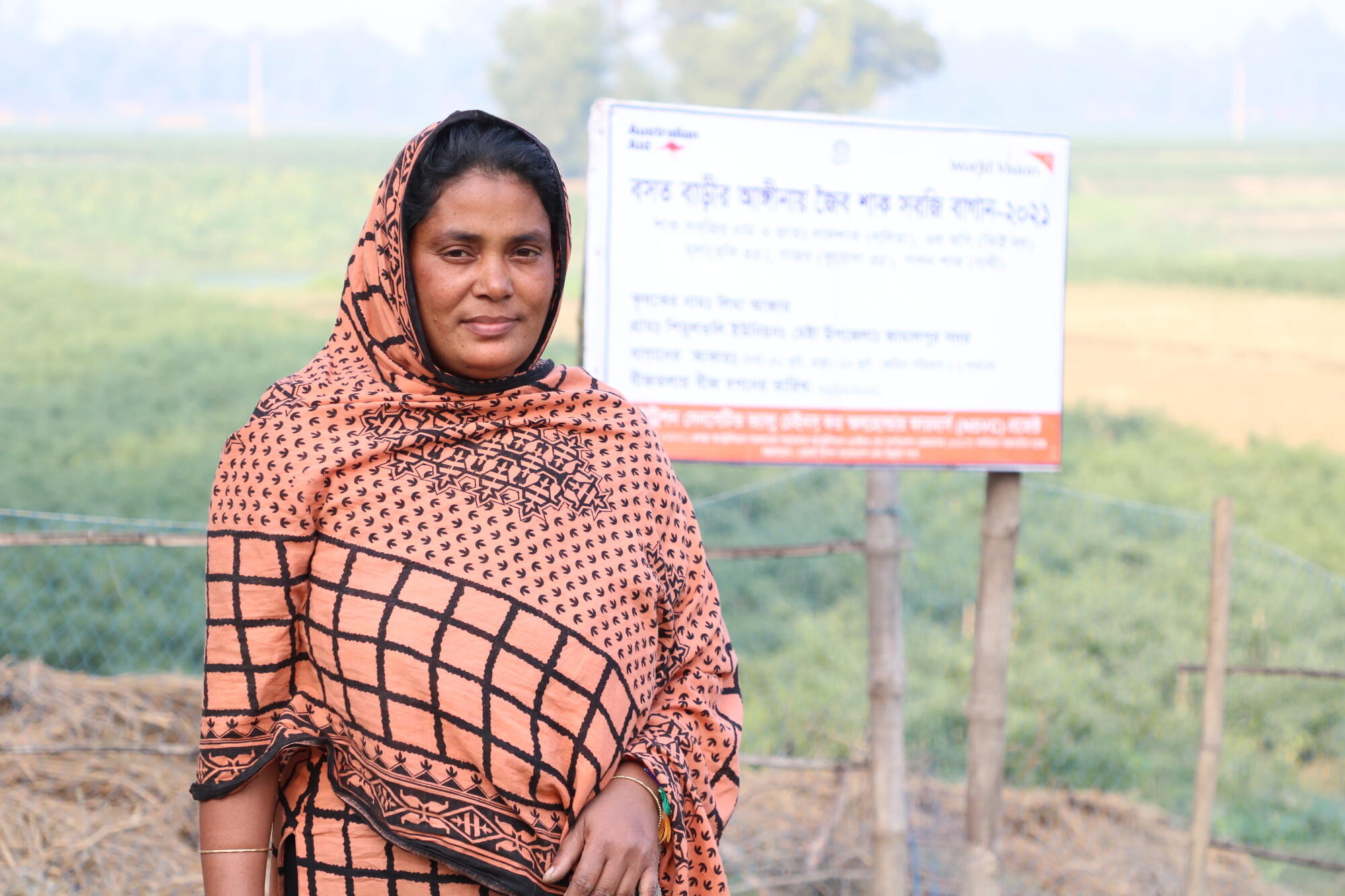
A Call to Action
If finance is to be a true driver of sustainable development, it must be accountable for its human impact. Environmental sustainability is vital, but it can only be achieved if we invest in the human capacity to sustain it.
At World Vision we seek to influence businesses, investors, development finance institutions, and governments to bring a child lens into every aspect of their work – their operations, business models, partnerships, and policies. Children’s outcomes should not be an afterthought but a defining measure of success.
As sustainable finance gathers pace, World Vision and our partners have an opportunity — and a responsibility — to bring a child lens to its centre. True sustainability begins when finance secures a future every child can share.
Mike Wisheart is Director of Global Partnerships, Advocacy & External Engagement at World Vision International. He is focused on strategy and implementation of partnerships which impact the lives of the world’s most vulnerable children and has co-authored several policy papers on the role of business and partnerships in development.
